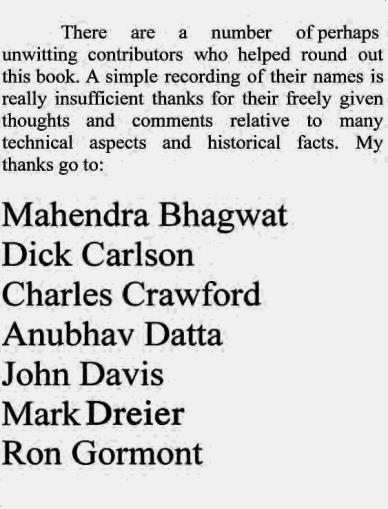
There are a number of perhaps unwitting contributors who helped round out this book.A simple recording of their names is really insufficient thanks for their freely given thoughts and comments relative to many technical aspects and historical facts.My thanks go to: Mahendra Bhagwat Dick Carlson Charles Crawford Anubhay Datta John Davis Mark Dreier Ron Gormont
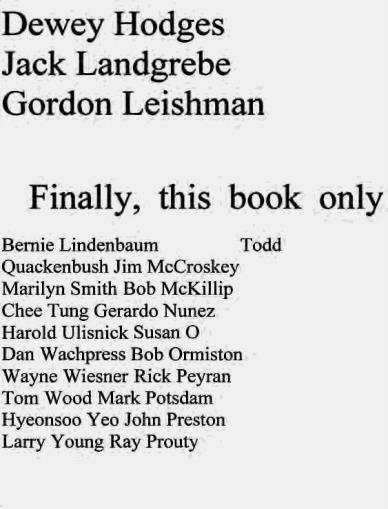
Dewey Hodges Jack Landgrebe Gordon Leishman Finally,this book only Bernie Lindenbaum Todd Quackenbush Jim McCroskey Marilyn Smith Bob McKillip Chee Tung Gerardo Nunez Harold Ulisnick Susan O Dan Wachpress Bob Ormiston Wayne Wiesner Rick Peyran Tom Wood Mark Potsdam Hyeonsoo Yeo John Preston Larry Young Ray Prouty
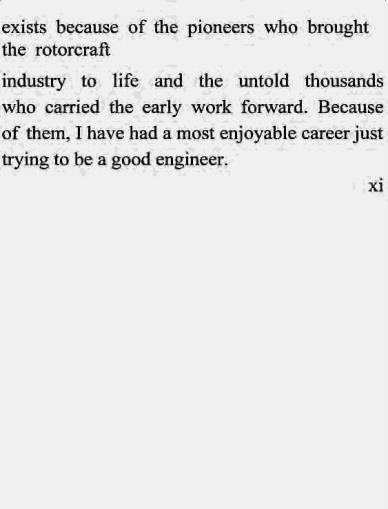
exists because of the pioneers who brought the rotorcraft industry to life and the untold thousands who carried the early work forward.Because of them,I have had a most enjoyable career just trying to be a good engineer. xi
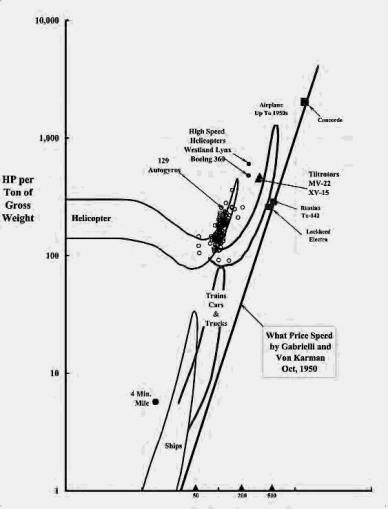
10.000 Airpane High Speed 1,000 1elieapders Wrsiland Lyat 129 Boeing 36 HP per MV.拉 Ton of XV-15 Gross Weight Helicopter 0 T443 Eleeres 100 Can What Price Sperd by Gabrlelll and Von Karman 10 0ct,1950 4 Min. e● h间
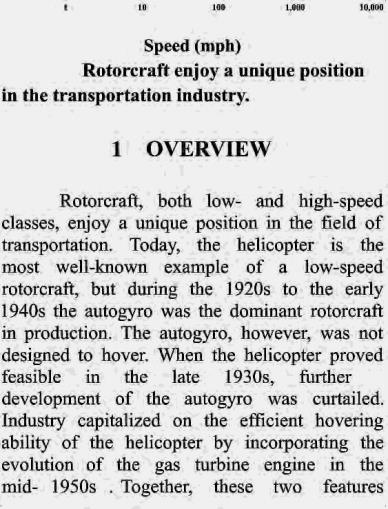
100 L.000 10,000 Speed (mph) Rotorcraft enjoy a unique position in the transportation industry. OVERVIEW Rotorcraft,both low-and high-speed classes,enjoy a unique position in the field of transportation.Today,the helicopter is the most well-known example of a low-speed rotorcraft,but during the 1920s to the early 1940s the autogyro was the dominant rotorcraft in production.The autogyro,however,was not designed to hover.When the helicopter proved feasible in the late 1930s,further development of the autogyro was curtailed Industry capitalized on the efficient hovering ability of the helicopter by incorporating the evolution of the gas turbine engine in the mid-1950s.Together,these two features